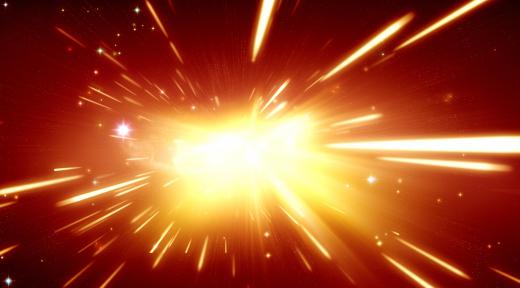What is the Observable Universe?
 Michael Anissimov
Michael Anissimov
The observable universe, also known as the Hubble volume, is the region of space that it is theoretically possible for us to observe, small enough that light from the furthest regions has had sufficient time to reach Earth since the Big Bang. This region of space has a diameter of approximately 92.94 billion light-years, centered on the planet Earth. Each different portion of space has its own visible universe, some overlapping, some not.
There are a number of misconceptions about the concept of the observable universe. The first is that its size is equal to its age in years times the speed light travels in a year, about 15 billion light years. This figure would be true if it was flat, but thanks to Einstein, we know that the universe is highly curved on cosmological distances by virtue of its expansion.

The other misconception is that what is observable is all there is. This, too, is false; it only indicates the region of space it is theoretically possible for us to observe. The real universe may be much larger — or even smaller. There is a chance that the distant galaxies we see are actually the light of closer galaxies, which has circumnavigated the universe more than once. Because the light would have radically different ages, it would be difficult if not impossible to tell they were from the same galaxy. But in all likelihood, the universe itself is much larger than what can be observed.

The terms "universe" and "observable universe" are sometimes used interchangeably by cosmologists, because by definition, regions outside what we can see are causally disconnected from us. We cannot observe, much less influence, these regions, and the inverse applies as well. Besides being spatially gigantic, our entire universe is probably only one in a larger ensemble of parallel universes known as the multiverse.
AS FEATURED ON:
AS FEATURED ON:















Discussion Comments
I think that the Universe is infinite in size if you do not move, but zero size if you travel at the speed of light. Everything is relative, even Einstein's relativity.
Post your comments